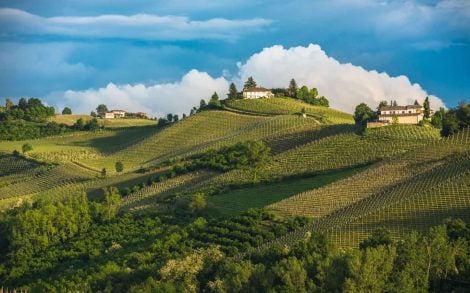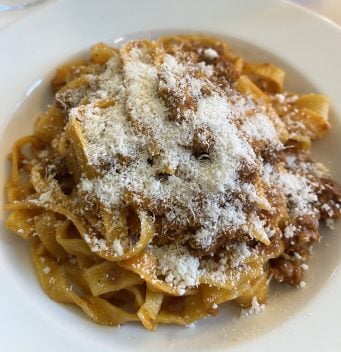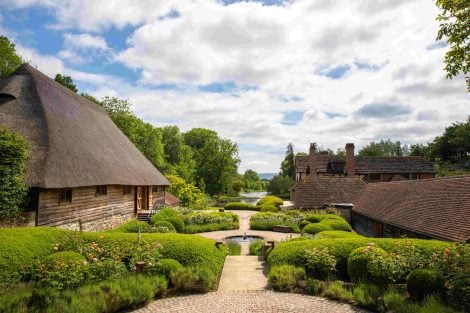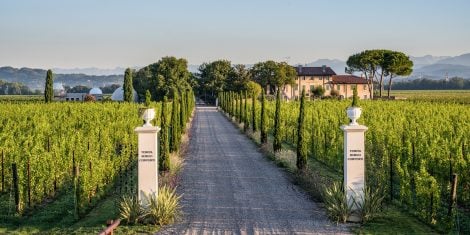Garlic (Allium sativum L.) is the bulb of a herbaceous plant traditionally assigned to the Liliaceae family, even if a more recent classification places it in the Amarillidaceae family, like onion. Beyond the family to which it belongs, garlic, due to its sterility, propagates exclusively by vegetative means or through the division and planting of the individual cloves. Once grown, the plant first begins to sag and then dry up: this is the ideal time to harvest the bulbs, many agree that the best time to harvest is when the plant has only five or six green leaves left.
Properties of garlic
Its characteristic odor is due to numerous organic compounds including alliin, a natural amino acid constituent of fresh garlic which, subjected to enzymatic action by alliine lyase (an enzyme present in the plant itself), is converted into sulfonates, primarily allicin, responsible for the plant's typically pungent odour. In nature, allicin represents nothing more than a defense mechanism of garlic against parasites, a mechanism that occurs even just by crushing the cloves. That's why a whole clove doesn't smell the same as a cut, chopped, or crushed one. Another useful thing to know is that the alliin lyase enzyme is inactivated by heat, so if you cook a whole clove of garlic, it will have a much more delicate smell.
Benefits of garlic
The use of garlic is mainly gastronomic, but it is also used for therapeutic purposes. Also in this case allicin is the protagonist, which has a strong inhibiting power on numerous types of bacteria. Hence the fame of garlic as a natural antibiotic. The bulb also exerts a protective effect on the cardiovascular system, improving the ratio between LDL cholesterol and HDL cholesterol, that is, between the lipoproteins that favour the formation of cholesterol deposits in the arterial walls and the "good" ones responsible for removing excess cholesterol in plasma. Various epidemiological studies have also shown a correlation between the consumption of garlic and a reduced risk of contracting certain types of cancer, such as stomach cancer.
Garlic varieties
In Italy there are many varieties, from North to South. There is garlic from Caraglio (Slow Food presidium), in the province of Cuneo, characterised by a delicate aroma; the white Polesano Dop with an intense flavour or the one from Voghiera Dop with a sweet and delicate taste. There's also garlic from Vessalico (another Slow Food presidium) grown in small terraces, the Piacenza IGP garlic, the red Abruzzese garlic from Sulmona or the pink garlic from Nicastro, a historical product of Lamezia Terme. The list could go on and on but we will only mention Aglione di Valdichiana characterised by bulbs that normally exceed half a kilo in weight. And what about black garlic? It is a product based on an Asian preservation method that gives garlic an antioxidant capacity three times stronger than the regular type. That is, everything that already makes garlic so good, but to the nth degree.
When and how to consume garlic
When harvested fresh, in the months between spring and summer, garlic has a sweet and fruity taste and, due to its delicate flavour, it can also be used in larger doses. As it dries, the flavour becomes more aggressive and spicy. In any case, it lends itself to many preparations, from roasts, to fish soups, minestrone, meatballs and so on. In what quantity? Sometimes it's enough to rub half a clove of garlic into the bowl where the meatballs are kneaded or where the salad is seasoned to lend the right aroma. In oven roasts you can also abound, just use the unpeeled wedges that once cooked, tender and sweet, are delicious as spreads on bread. The only caution, when frying it to perfume cooking oil, is being careful that it brows too much to avoid bitter notes.
In the kitchen, garlic thalli are also used, these are the floral shoots that grow in the centre of the plant when it is fully ripe, usually in spring. They smell of garlic, the taste is that of garlic but less pungent.
Wild garlic
Before revealing the final recipe, allow us a small digression to tell you about wild garlic, always of the Allium genus. It's a herbaceous plant that grows everywhere near streams, under trees, under vines. The leaves are harvested in spring and used fresh to give flavour to fish dishes, salads, soft cheeses and boiled potatoes. The Italian name orsino ("bear-like") probably derives from the bears that, upon awakening from hibernation, feed on this plant to purify themselves after the long winter nap.
Spaghetti all'aglione (recipe by Giorgione)
1 kg spaghetti
Aglione della Valdichiana
Red garlic from Sulmona
Polesano garlic
Voghiera garlic
2 oil-packed anchovies
2 chilli peppers
Triple tomato concentrate
Olive oil
White wine
Tomatoes
Preparing the aglione sauce: "Peel the aglione, take some of the Sulmona red garlic, crush and place in a pan. Then take two cloves of Polesano garlic and a clove of garlic from Voghiera and do the same. Add two anchovies, a whole chilli pepper and chop the other one. Add a generous glug of olive oil and then put the pan on the stove. Add a little concentrated tomato paste and a little white wine on top. Let it sizzle. Add the tomatoes to the pan and start breaking them down with a wooden spoon." Simmer for 5-6 minutes. "Now prepare another generous dose of garlic to add to the pan. Take half a clove of the aglione and cut it into small pieces, add them to the pan and mix." Cook for 5 minutes.
Giorgione’s tips: “Before preparing the sauce, remove a couple of cloves from the giant aglione garlic and smash them. Put them in a pot with boiling water. When the water starts to boil, add the spaghetti and mix. Once the pasta and the sauce are ready, put the pasta in your serving platter but before mixing the pasta into the sauce, grate the giant garlic on top, finally add a dash of parsley and then turn off the stove."
by Annalisa Zordan


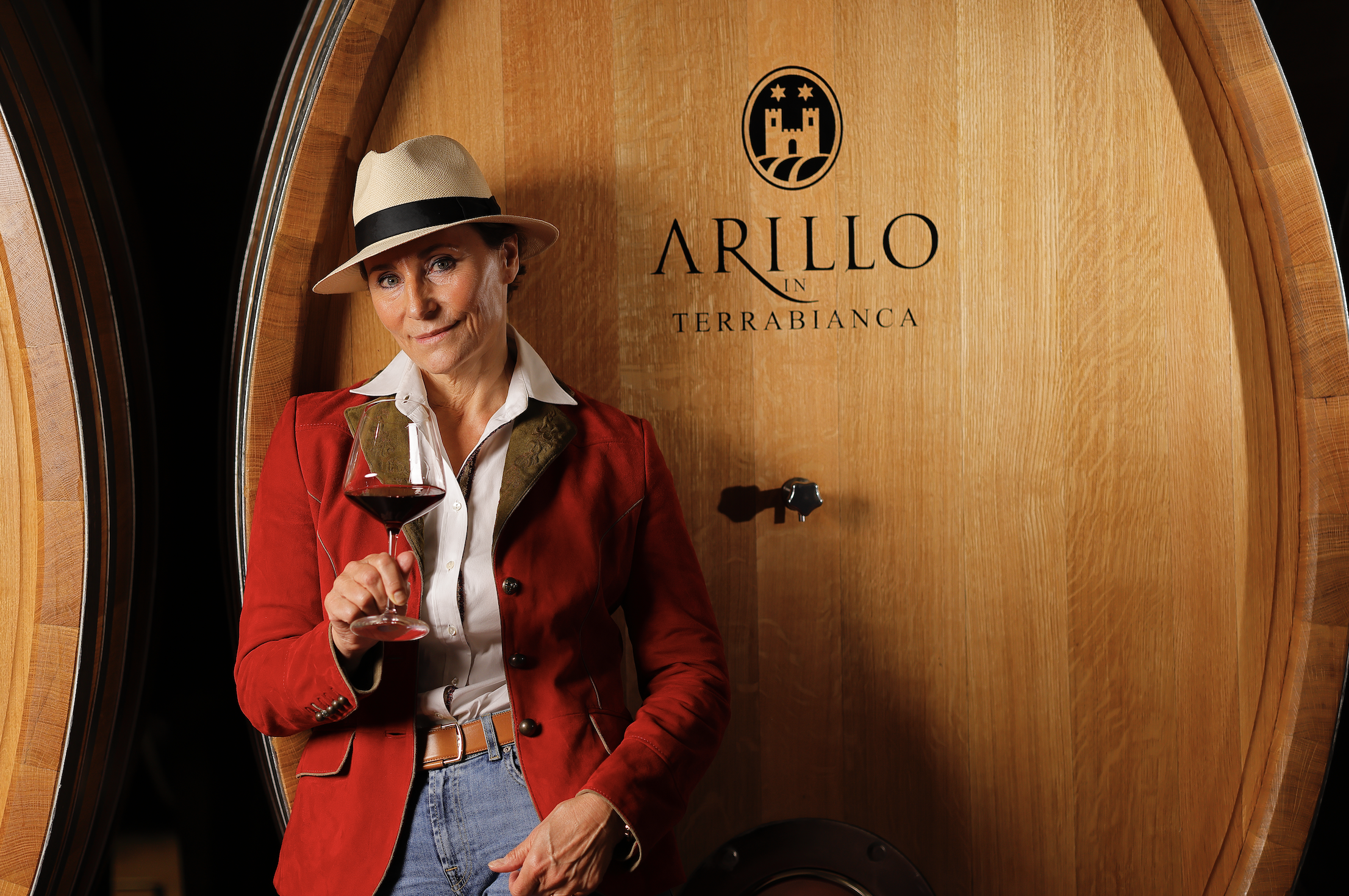 Why Arillo in Terrabianca's organic approach is paying off
Why Arillo in Terrabianca's organic approach is paying off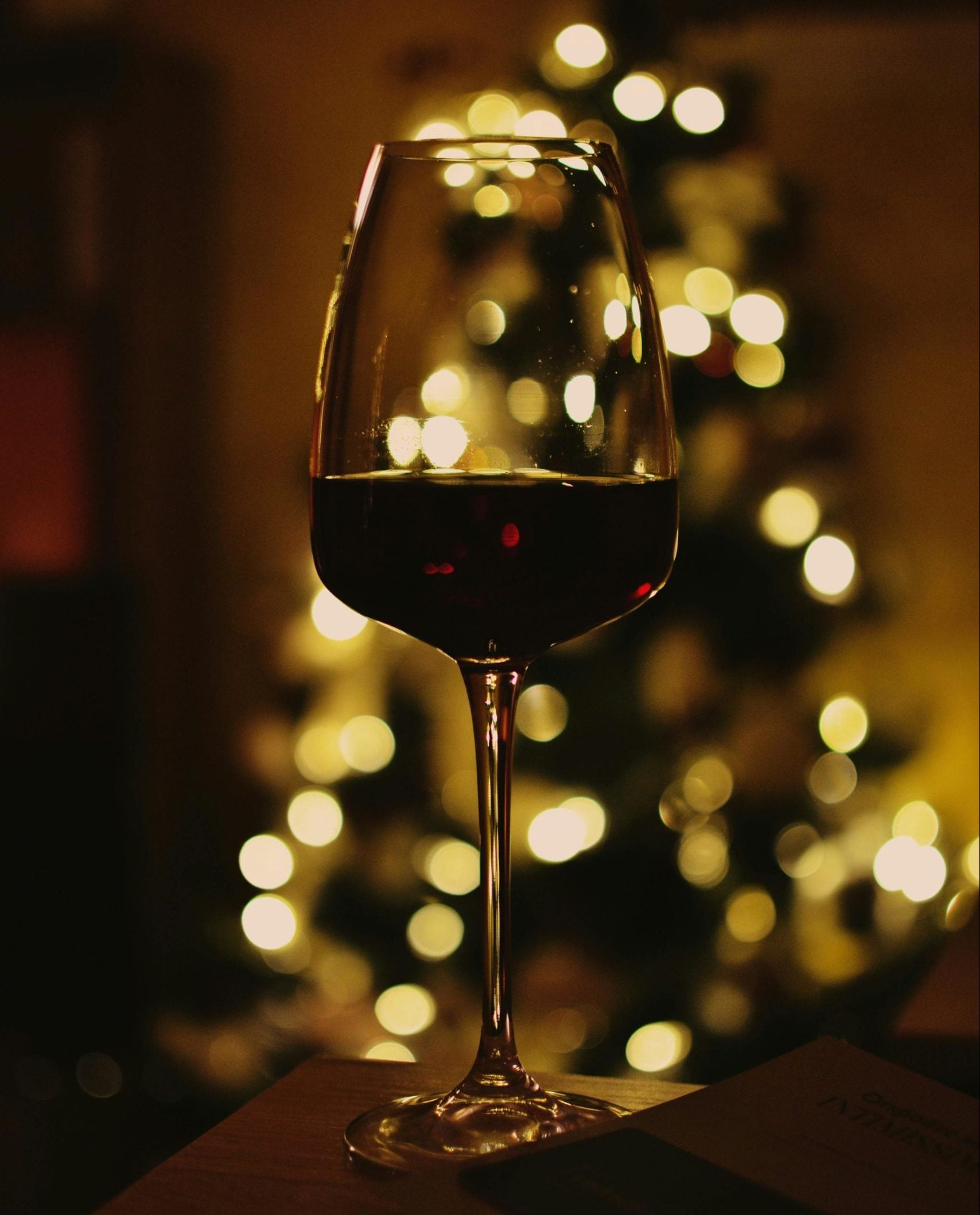 What do sommeliers drink at Christmas?
What do sommeliers drink at Christmas?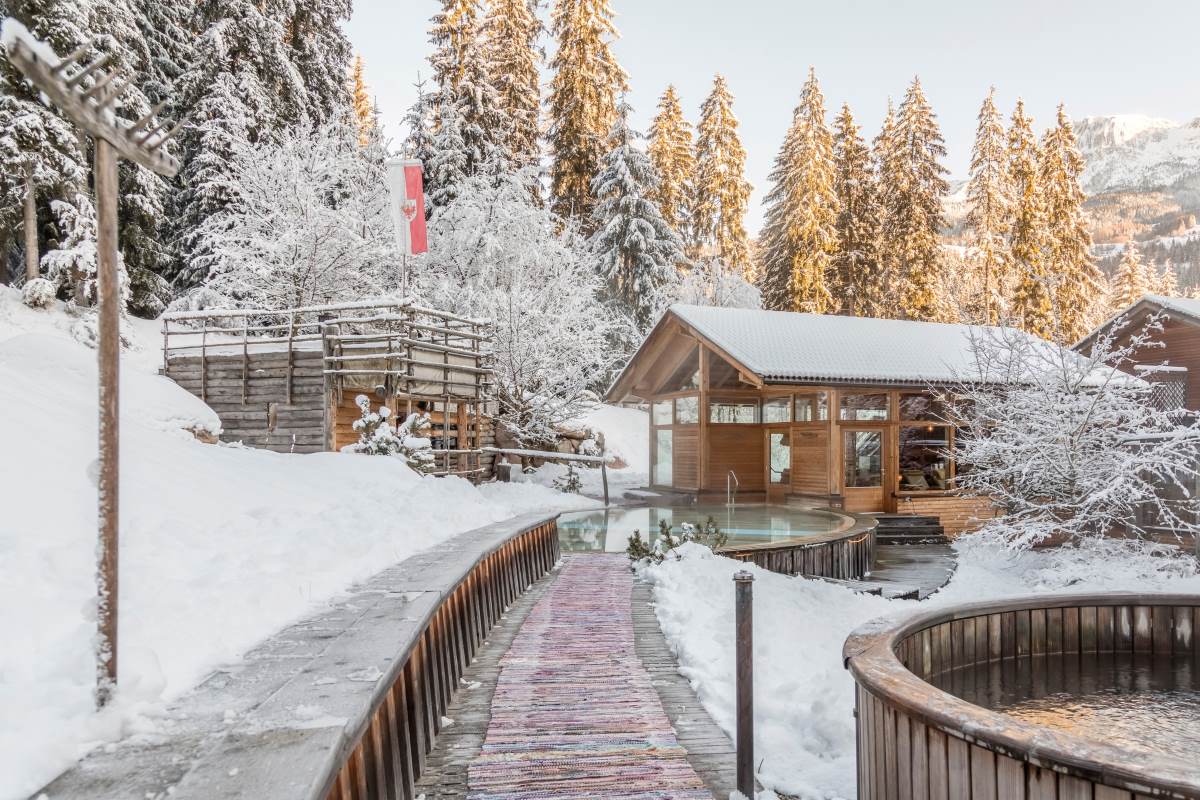 The alpine hotel where you can enjoy outstanding mountain cuisine
The alpine hotel where you can enjoy outstanding mountain cuisine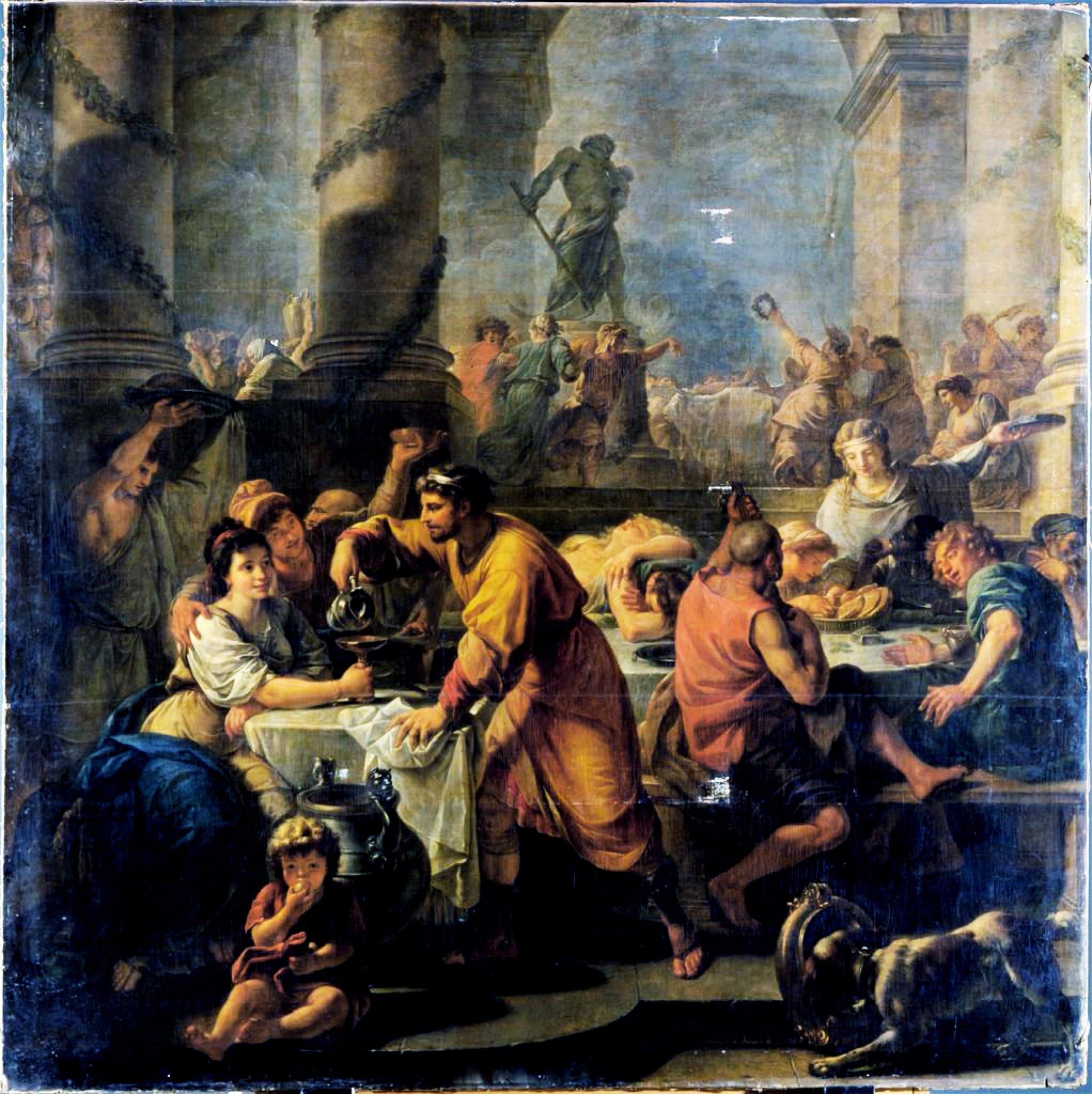 Io Saturnalia! How to celebrate the festive season like an Ancient Roman
Io Saturnalia! How to celebrate the festive season like an Ancient Roman